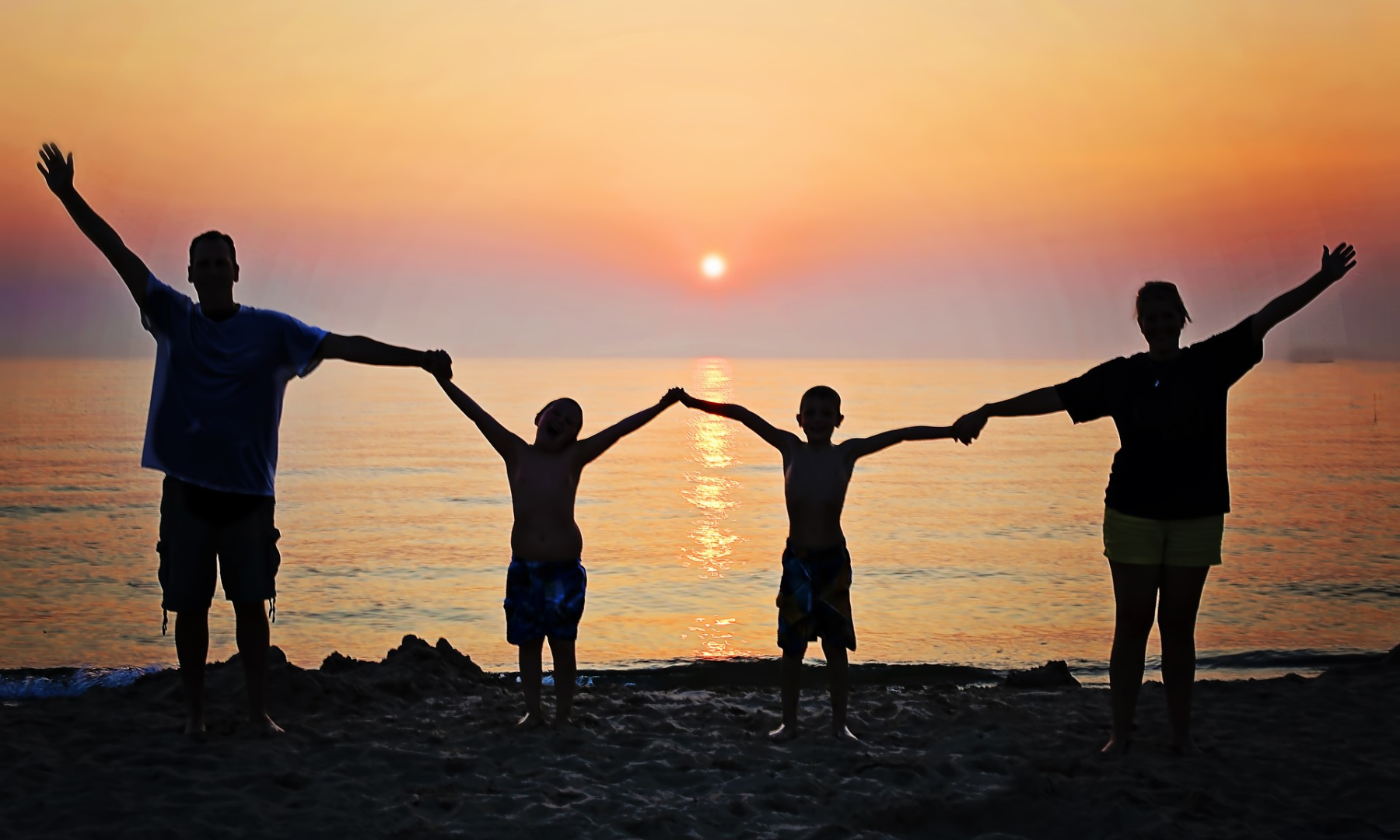Next to the patient, the family member who can save his life
by Laura D'Ettole
15 arrived from half of Italy, from Sicily to Milan and obviously from Tuscany, representing about thirty patients. Parents, spouses, children: a family network that tightens around the heart patient to help him in case of difficulty. This is the course "Management of emergencies and theoretical and practical bases of cardiopulmonary resuscitation", alongside the first Aicarm seminar dedicated to the training of the "Patient expert in hereditary diseases of the myocardium" (Florence 4-5 November).
Many family members were able to draw for the first time the wealth of knowledge necessary to face a pathology linked, in the imagination, to the specter of sudden death. "This event was unfortunately true at the beginning, because it was described in young boys who died with an enlarged heart," explained Maurizio Pieroni, cardiologist at the San Donato hospital in Arezzo. But as knowledge progressed "it has been seen that the disease is not so lethal." Today mortality from hypertrophic cardiomyopathy "in America is even lower than general mortality". It is true that, beyond treatment, a lot depends on the ability to intervene promptly in an emergency. For this reason, the role of the family member is strategic "who must also be a bit of a psychologist, try to understand what is wrong" and decipher the warning signs, the serious symptoms.
“Sudden cardiac death affects one person every nine minutes in Italy, one individual for every thousand inhabitants. Many of them can be saved ”, underlines Paolo De Cillis of Irc, the association founded with the aim of training in out-of-hospital cardiopulmonary resuscitation. "If the patient does not show vital signs there are a few minutes to intervene before the damage to the brain becomes irreversible". The first brain damage occurs after 3/4 minutes. After 10 they are irreversible. The message is strong, the responsibility of the patient's proximity network enormous. And De Cillis explains first in theory, then with practical tests on a professional mannequin, all the techniques to be implemented for the "chain of survival". From the verification of vital parameters, to heart massage, to the use of the defibrillator.
“In the United States, we learn these things in school,” says Ming, 52, a native of Taiwan, who has lived in America for a long time. Her husband suffers from hypertrophic cardiomyopathy and they have a child, but she also wanted to follow the course out of a sense of social responsibility: “I wanted to refresh my knowledge in case it was needed” even outside the home. The mood of Luisa M. from Florence is different. They discover her husband's illness almost by chance: because he fainted when they took her blood away. Then, over time, his daughter Elisa (who now lives far away) also suffers from dilated cardiomyopathy. “My husband sets aside, he seems to ignore everything that can harm him. Perhaps he lives better than everyone else, but I am continually apprehensive for him, for my daughter ”. Luisa feels the "conscious" part of the family. And this role is heavy for her. "Taking this course helps manage my apprehension."
Cristina G., from Arezzo, has a 67-year-old husband with hypertrophic cardiomyopathy and a 35-year-old son, Filippo, with similar problems. “He chose to investigate, even if asymptomatic. His disease is now under control and has not progressed ”. “I'm in the course because I experienced two dangerous situations at home. I wish it would never happen, but thinking of being there and doing nothing to help my loved ones is something that I would never forgive myself ".
Paolo De Cillis in a demonstration at the Cardiopulmonary Resuscitation Course.

